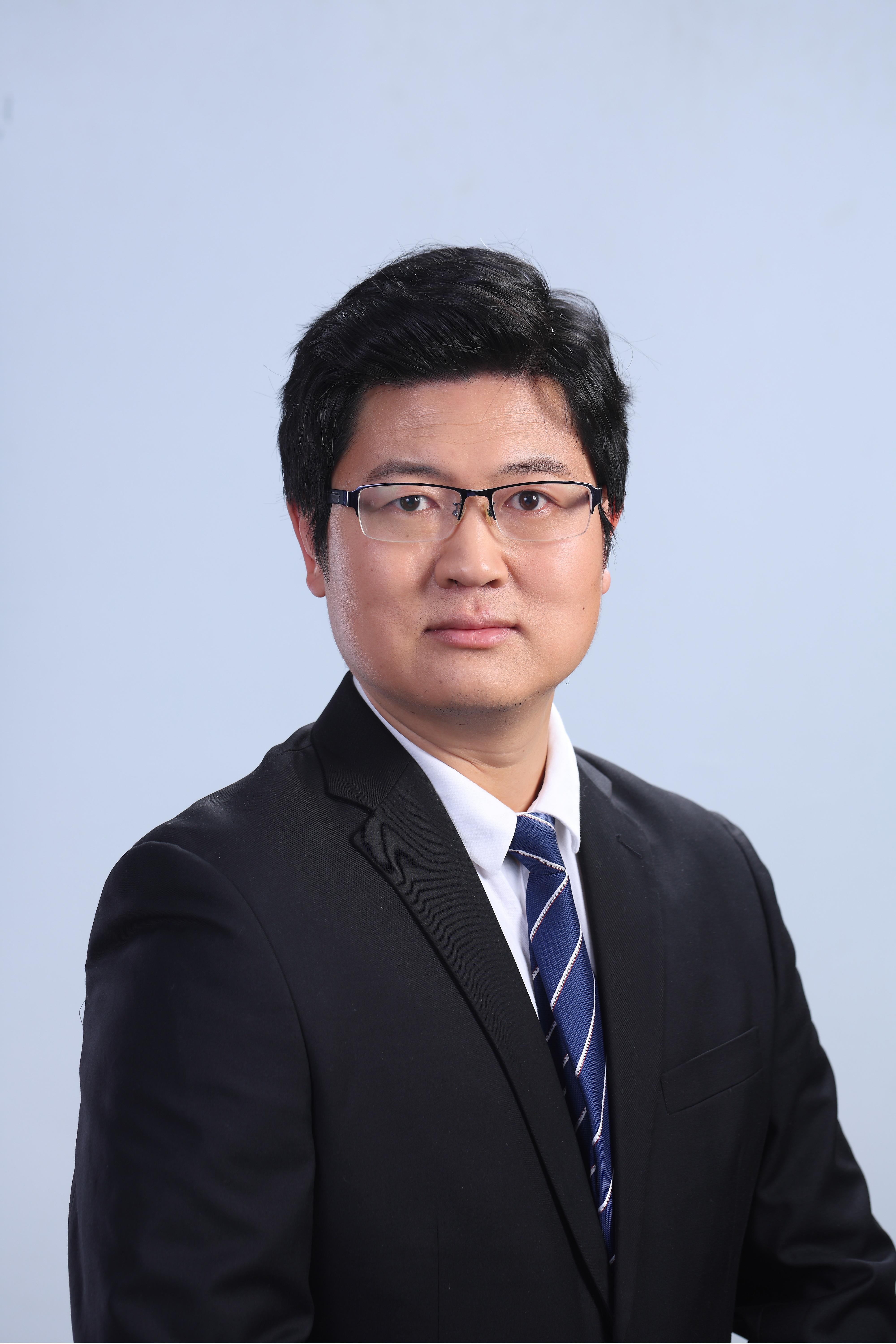

研究领域
1. 智慧通风与高效气流组织
2. 室内空气流动模拟与评价
3. 需求导向的热质环境营造
4. 洁净建筑低碳环境保障
5. 城市隧道环境控制与节能
学习工作经历
2003年9月-2007年7月,华中科技大学热能与动力工程专业,学士
2007年9月-2014年1月,清华大学建筑学院供热、供燃气、通风及空调工程专业,博士
2014年4月-2016年2月,清华大学建筑学院,博士后
2017年7月-2018年7月,丹麦技术大学(DTU)国际室内环境与能源中心(ICIEE),访问学者
2016年3月-2019年6月,北京科技大学土木与资源工程学院,讲师
2019年7月-2024年6月,北京科技大学土木与资源工程学院,副教授
2024年7月-至今,北京科技大学未来城市学院,教授
本科生课程
1.《工业通风》
2.《热泵工程》
研究生课程
《空气洁净技术原理》
社会兼职
中国制冷学会空调热泵专业委员会委员、暖通空调产业技术创新联盟通风专业委员会委员(兼秘书)、中国仿真学会建筑仿真专业委员会委员、国际制冷学会E1专业委员会非均匀环境工作组秘书、国际期刊Building simulation青年编委
专利获奖鉴定
国际期刊Indoor and Built Environment最佳论文奖(排名第一)
国际期刊Physics of Fluids特色论文(排名第一)
全国暖通空调制冷学术年会青年优秀论文奖(排名第一)
暖通空调杰出青年荣誉称号
科研项目
[1] 国家自然科学基金面上项目:受限条件下城市公路隧道通风与净化气流耦合机理与污染协同控制,负责人
[2] 国家自然科学基金面上项目:面向个性化舒适需求的室内非均匀热环境营造方法,负责人
[3] 国家自然科学基金青年科学基金项目:应对室内多变需求场景的多模通风策略研究,负责人
[4] 十三五国家重点研发计划子课题:变风量运行模式下相连隔间洁净度与压力梯度保障方法,负责人
[5] 北京市自然科学基金面上项目:带回风全空气系统污染物传播机理与控制,负责人
[6] 中国博士后科学基金特别资助项目:室内个性化热环境的营造方法研究,负责人
[7] 中国博士后科学基金面上资助项目(一等资助):建筑室内动态污染源的辨识方法研究,负责人"
代表性论文及著作
[1] 邵晓亮, 李先庭, 等著. 通风空间差异化环境保障方法. 北京: 中国建筑工业出版社,2024.
[2] 李先庭, 邵晓亮, 王欢, 等著. 非均匀室内环境营造理论与方法. 北京: 中国建筑工业出版社,2024.
[3] 李先庭, 赵彬, 邵晓亮, 等, 译. 建筑通风. Awbi H B著. 北京: 机械工业出版社, 2011. (译著.)
[4] Shao X, Zhu H, Liu Y, Chen J, Liu Y, Ma X. Algorithm for steady contaminant distribution in ventilation systems with air recirculation: Contaminant release in ventilation ducts. Energy & Buildings, 2024, 316:114352.
[5] Shao X, Liu Y, Wang B, Li X, Chen J, Zhu Z, Ma X. Fast regulation of multi-position differentiated environment: Multi-step joint optimization of air supply parameters. Building and Environment, 2023, 239: 110425.
[6] Shao X, Liu Y, Zhang J, Liu Y, Wang H, Li X, Chen J. Can a linear superposition relationship be used for transport of heavy gas delivered by supply air in a ventilated space? Building and Environment, 2023, 229: 109960.
[7] Shao X, Liu Y, Hao Y, Wen X, Li C, Ma X, Wang H, Li X. Smoke visualization for the invasion of pollutants during door-opening process in pharmaceutical cleanrooms: Effects of initial pressure differential and airlock barriers. Energy & Buildings, 2023, 279: 112711.
[8] Shao X, Wen X, Paek R, Liu Y, Jian Y, Liu W. Use of recirculated air curtains inside ventilated rooms for the isolation of transient contaminant. Energy & Buildings, 2022, 273: 112407.
[9] Liu Y, Liu Y, Shao X, Liu Y, Huang C, Jian Y. Demand-oriented differentiated multi-zone thermal environment: Regulating air supply direction and velocity under stratum ventilation. Building and Environment, 2022, 219: 109242.
[10] Liu Y, Qiu K, Shao X, Shi P, Liu Y. Effect of a recirculated air curtain with incomplete coverage of room width on the protection zone in ventilated room. Building and Environment, 2022, 219: 109219.
[11] Shao X, Hao Y, Liang S, Wang H, Liu Y, Li X. Experimental characterization of particle distribution during the process of reducing the air supply volume in an electronic industry cleanroom. Journal of Building Engineering, 2022, 45: 103594
[12] Shao X, Hao Y, Liu Y, Li X, Ma X. Decoupling transient effects of factors affected by air recirculation devices on contaminant distribution in ventilated spaces. Building and Environment. 2021, 206: 108339.
[13] Shao X, Liang S, Zhao J, Wang H, Fan H, Zhang H, Cao G, Li X. Experimental investigation of particle dispersion in cleanrooms of electronic industry under different area ratios and speeds of fan filter units. Journal of Building Engineering. 2021, 43: 102590.
[14] Shao X, Li X. COVID-19 transmission in the first presidential debate in 2020. Physics of Fluids. 2020, 32: 115125.
[15] Shao X, Hashimoto K, Fang L, Melikov A K, Naydenov K G, Rasmuseen C. Experimental study of airborne particle transmission through the doorway of a cleanroom due to the movement of a person. Building and Environment, 2020, 183: 107205.
[16] Shao X, Liang S, Li X, Liang C, Yan S. Quantitative effects of supply air and contaminant sources on steady contaminant distribution in ventilated space with air recirculation. Building and Environment, 2020, 171: 106672.
[17] Shao X, Wang K, Li X, Lin Z. Potential of stratum ventilation to satisfy differentiated comfort requirements in multi-occupied zones. Building and Environment, 2018, 143: 329-338.
[18] Shao X, Wang K, Li X. Rapid prediction of the transient effect of the initial contaminant condition using a limited number of sensors. Indoor and Built Environment. 2019, 28(3): 322-334.
[19] Shao X, Li X, Ma X, Liang C. Multi-mode ventilation: An efficient ventilation strategy for changeable scenarios and energy saving. Building and Environment. 2017, 115: 332-344.
[20] Shao X, Ma X, Li X, Liang C. Fast prediction of non-uniform temperature distribution: A concise expression and reliability analysis. Energy and Buildings. 2017, 141: 295-307.
[21] Shao X, Li X, Ma X, Zhu F. Long-term prediction of dynamic distribution of passive contaminant in complex recirculating ventilation system. Building and Environment. 2017, 121: 49-66.
[22] Shao X, Li X, Ma H. Identification of constant contaminant sources in a test chamber with real sensors. Indoor and Built Environment. 2016, 25(6): 997-1010
[23] Shao X, Li X. Evaluating the potential of airflow patterns to maintain a non-uniform indoor environment. Renewable Energy, 2015, 73:99-108.
[24] Shao X, Li X, Liang C, Shan J. An algorithm for fast prediction of the transient effect of an arbitrary initial condition of contaminant. Building and Environment, 2015, 85:298-308.
[25] Shao X, Li X, Ma X, Chen C. Optimising the supply parameters oriented to multiple individual requirements in one common space. Indoor and Built Environment, 2014, 23(6):828-838.

